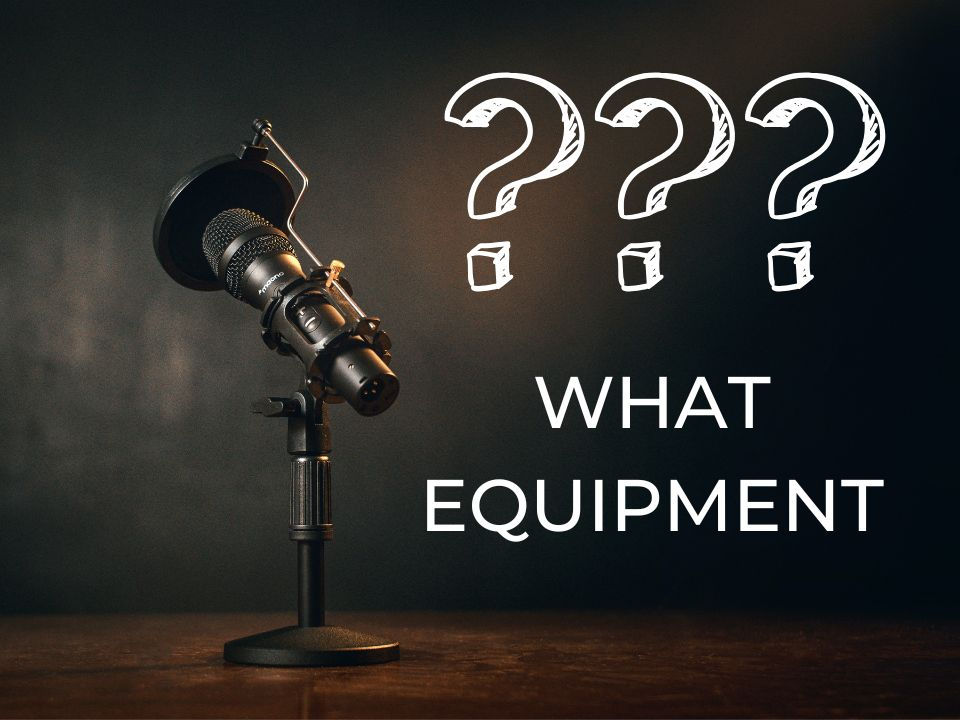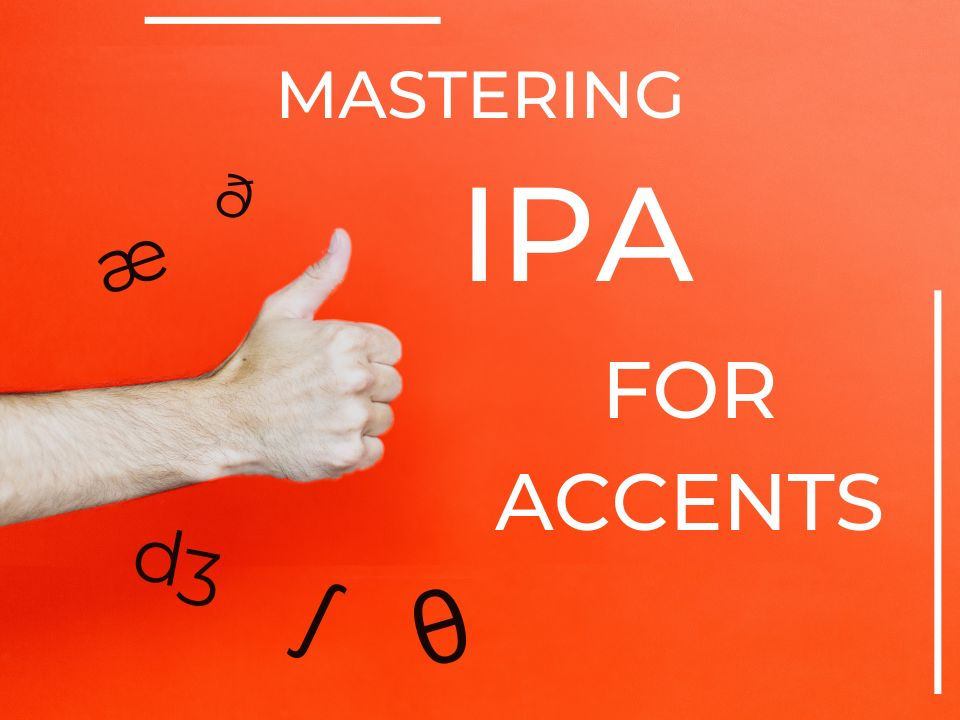How to Use Rhetoric for Voice Actors and Audiobook Narrators
- Kevin Kemp
- Oct 9
- 5 min read

What Is Rhetoric?
“Rhetoric” sounds fancy — like something Aristotle muttered between olives and philosophy — but it’s actually incredibly practical.
At its heart, rhetoric is the art of persuasion.
It’s how language moves people — through rhythm, repetition, contrast, and sound.
Every writer, from Shakespeare to Stephen King, uses rhetorical techniques to shape meaning and emotion.
And for us voice actors and audiobook narrators, that means rhetoric is our blueprint.
It is essential for driving meaning in our character's objectives and shows us where the story’s heartbeat lives — where to rise, fall, breathe, and connect.
Why Rhetoric Can Help You as a Performer
When you understand rhetoric, you stop just reading words and start playing ideas.
Recognising devices like antithesis, anaphora, and asyndeton helps you:
🎧 Find the rhythm hidden in the sentence
🎭 Hear the emotional logic behind the words
🗣️ Make your delivery more dynamic, persuasive, and alive
It’s the difference between saying a line well and making a listener go, “Whoa… that hit me.”
The Best Ways to Bring Out Rhetorical Devices as an Actor
Spot the pattern. Rhetoric leaves clues — look for repetition, rhythm, and contrast.
Mark it up. Underline, highlight, scribble “contrast!” or “build here!” in the margins.
Drive to the end of the thought. Rhetoric often follows an intrinsic rhythm — find the flow and don’t get trapped in the language, find the words to emphasise and complete the thought.
Use vocal contrast. Change pace, pitch, or pause to echo the device.
Stay natural. Don't go too far. Let the words work. Rhetoric should feel organic, not performed.
The Most Useful Rhetorical Devices for Voice Actors and Narrators
1. Antithesis
A contrast or opposition between two things.
“To be, or not to be — that is the question.” (Hamlet, Shakespeare)
This is about tension. Lean into both sides of the thought — the pull between light and dark, hope and despair.
“It was the best of times, it was the worst of times…” (A Tale of Two Cities)
When you feel the contrast, the listener feels the conflict.
2. Anaphora
Repetition at the start of phrases.
“I have a dream…” (Martin Luther King Jr.)
Anaphora builds energy. Each repetition lifts the emotion.
“Every day, every night, in every way, I am getting better and better.” (Émile Coué)
Climb those steps with your voice — each “I have” or “every” adds momentum.
3. Epistrophe
Repetition at the end of clauses.
“…government of the people, by the people, for the people.” (Lincoln)
Deliver each repetition like a drumbeat. It gives a sense of completion.
4. Asyndeton
Leaving out conjunctions (and, or, but).
“I came, I saw, I conquered.” (Caesar)
It’s punchy and fast. Perfect for moments of clarity or triumph.
“He was a bag of bones, a floppy doll, a broken stick, a maniac.” (Kerouac)
5. Polysyndeton
Adding extra conjunctions for rhythm.
“And the rain descended, and the floods came, and the winds blew…” (Matthew 7:25)
Slows the pace, adding intensity and weight. Each “and” lands like a heartbeat.
6. Alliteration
Repeating initial consonant sounds.
“Fair is foul, and foul is fair.” (Macbeth)
Draws attention, use the consonant to drive home your point. Let your articulation sparkle — but don’t tongue-twist yourself!
“Whereat, with blade — with bloody blameful blade —
He bravely broached his boiling bloody breast;” (Quince, A Midsummer Night’s Dream)
Also used for comedy. Exaggerate the Alliteration to get the laugh!
7. Assonance
Repetition of vowel sounds.
“His tender heir might bear his memory” (William Shakespeare, "Sonnet 1")
Assonance gives a smooth, lyrical flow — lovely for poetic or descriptive narration.
8. Tricolon / The Rule of Three
Three parallel elements.
“Veni, vidi, vici.” (Julius Caesar)
“Life, liberty, and the pursuit of happiness.”
Audiences love threes. They sound complete. Lift slightly through the first two — then land the third.
9. Anadiplosis
Repeating the last word of one clause at the start of the next.
“Fear leads to anger. Anger leads to hate. Hate leads to suffering.” (Yoda)
The repeated word becomes a hinge — a cause and effect chain. Pace it like a steady build.
10. Chiasmus
Mirroring structure — ABBA form.
“Ask not what your country can do for you — ask what you can do for your country.” (JFK)
Balanced, noble, clean. Keep it smooth — let the symmetry shine.
11. Hyperbole
Exaggeration for emphasis.
“I’ll love you till the seas run dry.” (John Donne)
Play it for truth, let words lead.
12. Litotes
Understatement by negating the opposite.
“He’s not a bad singer.”
Use tone and subtle irony. This is English understatement at its finest.
13. Rhetorical Question
Asked for effect, not expecting an answer.
“If you prick us, do we not bleed?” (Merchant of Venice)
Makes the audience stop and think. Ask sincerely, then pause — let the silence answer.
14. Parallelism
Similar grammatical structures.
“She likes cooking, jogging, and reading.”
It creates rhythm and clarity — easy for listeners to follow and pleasing to the ear.
15. Personification
Giving human qualities to non-human things.
“The night crept slowly on.” (Dickens)
Allow the device to build a character for the object, let it live.
16. Metaphor & Simile
Metaphor makes a direct comparison by stating that one thing is another.
“All the world’s a stage.” (As You Like It)
A Simile compares two different things using "like" or "as" to highlight a shared quality
“My love is like a red, red rose.” (Robert Burns)
See it vividly in your imagination — the listener will feel it through your tone.
17. Onomatopoeia
Words that sound like what they mean.
“The buzz of bees.”
Let your sound mirror the word’s action — subtle but satisfying.
18. Climax
Ideas in ascending order of importance.
“I came, I saw, I conquered.”
Build each phrase — higher, stronger, louder — till you hit the peak.
19. Parenthesis
An aside or interruption.
“He was a good man — well, mostly.”
Handle it like a secret between you and the listener.
20. Euphemism
Softening a harsh truth.
“He passed away.”
Deliver with tenderness or tact — depending on the context.
21. Apostrophe
Addressing someone absent, non-existent, or an inanimate object or abstract concept.
“O Death, where is thy sting?”
Let the yearning or reverence show — it’s a one-way plea into the void.
💡
Pro Tip:
When you spot a rhetorical device in your text, read it completely neutrally, like a black canvas, then try really leaning on the rhetoric to drive home the meaning.
See how the rhythm changes? That’s rhetoric at work — now find the magic point between, where you are natural and connected, but the rhetoric is working for you in perfect balance.
Conclusion
Rhetoric isn’t just an English class concept — it’s the emotional skeleton of storytelling.
Every time you narrate a plea, a promise, or a proclamation, you’re performing rhetoric.
When you learn to see it, you can ride the rhythm of the writer’s thought.
Your delivery becomes more musical, more persuasive, more alive.
So next time you open a script or a novel, grab your pencil and look for the patterns.
Because when you understand rhetoric — you don’t just read stories.
You make them unforgettable.










Comments